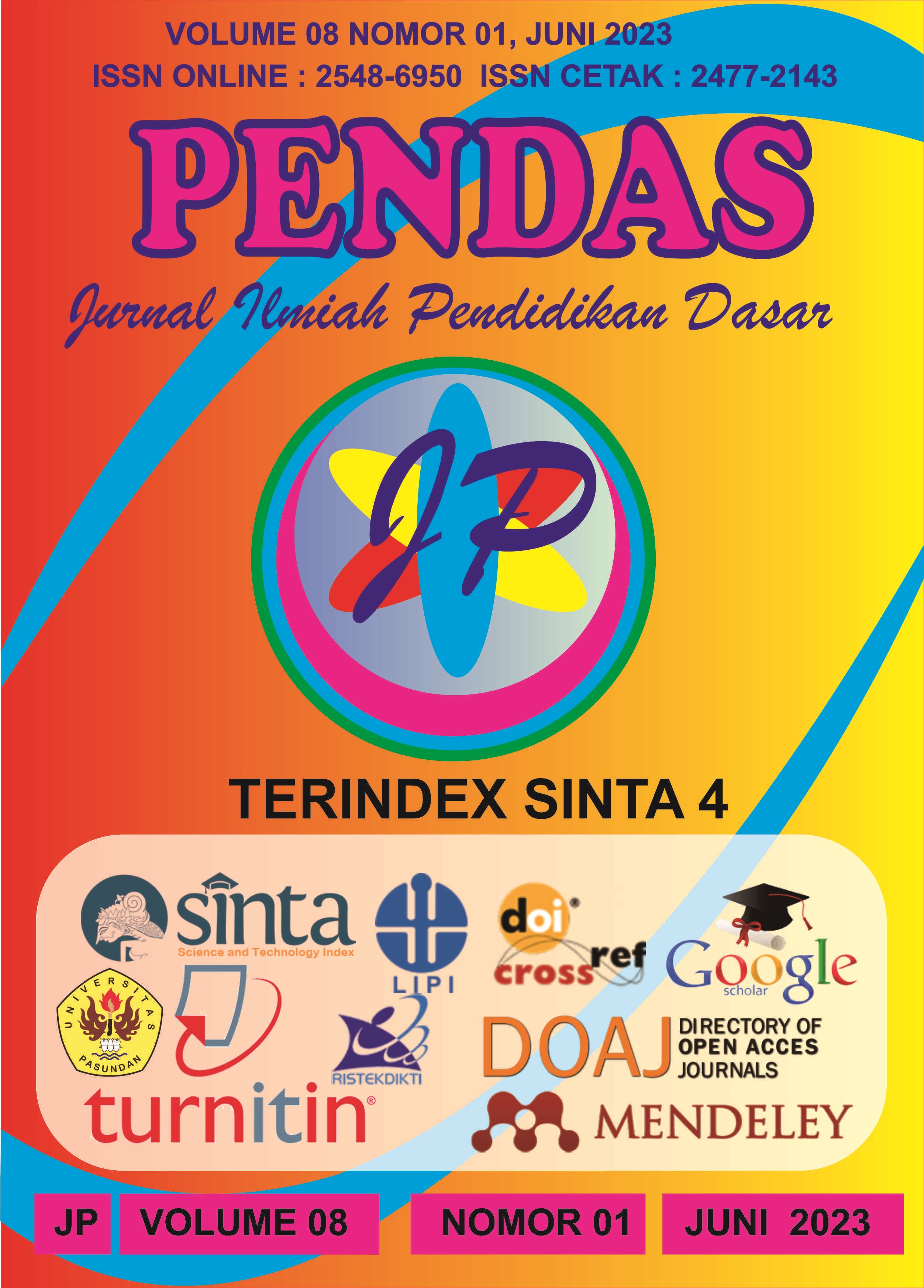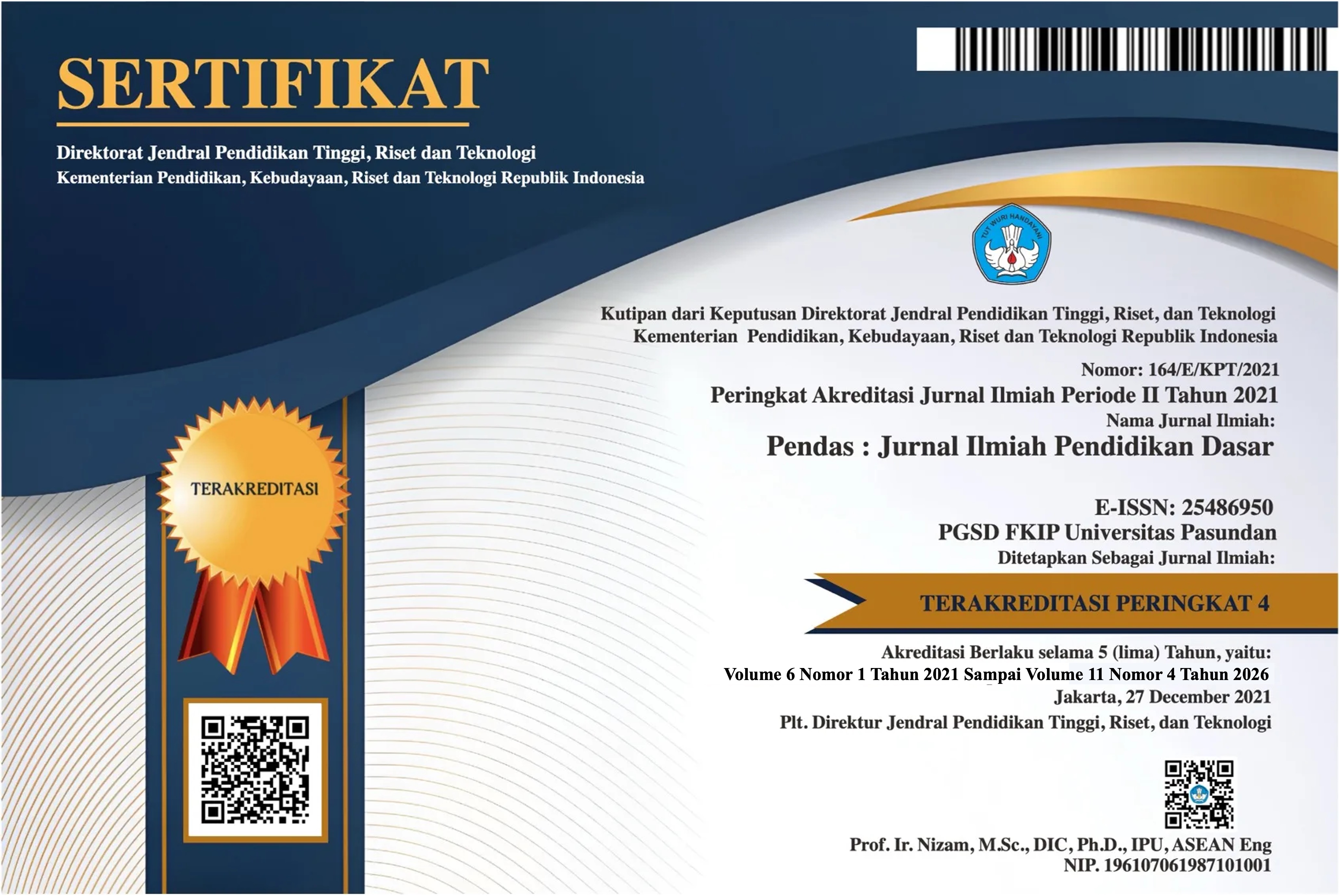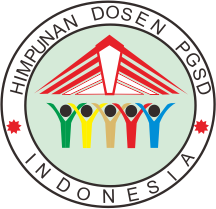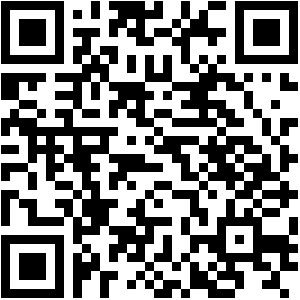POLA DAN STRATEGI PENGEMBANGAN BAKAT SENI SISWA DI SEKOLAH DASAR DI GUGUS II KECAMATAN TILATANG KAMANG
DOI:
https://doi.org/10.23969/jp.v8i1.8165Keywords:
Art Talent Development, Pattern and Strategy, Elementary SchoolAbstract
This research is motivated by the low and lack of development of students' artistic talents. This research is a type of qualitative research with the research subjects being the State Elementary School (SDN) 11 Gadut, the State Elementary School (SDN) 13 Gadut, and the Elementary School (SDN) 24 Gadut. The results showed that the reality of the development of artistic talent in students based on the 2013 Curriculum of State Elementary Schools in Tilatang Kamang Subdistrict schools and teachers have used various strategies and patterns in instilling artistic talent development for State Elementary School Students in Tilatang Kamang Subdistrict. Based on these results, it can be concluded that teachers have implemented artistic talent development for students based on the 2013 curriculum at State Elementary Schools in the subdistrict of Tilatang KamangDownloads
References
Adler, M. (2006). Chapter 25 Stardom and Talent. https://doi.org/10.1016/S1574-0676(06)01025-8
Ardipal. (2015). MODEL PENGEMBANGAN KARAKTER MELALUI PENDIDIKAN SENI DI SEKOLAH DASAR. Humanus, XIV(1), 17–23.
Ardipal. (2018). Kurikulum Pendidikan Seni Budaya yang Ideal bagi Peserta Didik di Masa Depan. Komposisi: Jurnal Pendidikan Bahasa, Sastra, Dan Seni, 11(1). https://doi.org/10.24036/komposisi.v11i1.69
Asri, D. P. B. (2018). Perlindungan Hukum Terhadap Kebudayaan Melalui World Heritage Centre Unesco. Jurnal Hukum Ius Quia Iustum, 25(2), 256–276. https://doi.org/10.20885/iustum.vol25.iss2.art3
Bentri, A., Adree, O., & Putra, A. (2014). Implementasi Kurikulum 2013 di Sumatera Barat. Jurnal Penelitian Pendidikan, 5(1), 88–99. https://doi.org/10.4324/9781315853178
Careaga Butter, M., Sepúlveda Valenzuela, E., & Badilla Quintana, M. G. (2015). Intercultural Talent Management Model: Virtual communities to promote collaborative learning in indigenous contexts. Teachers’ and students’ perceptions. Computers in Human Behavior, 51, 1191–1197. https://doi.org/10.1016/j.chb.2015.01.030
Creswell, J. W. (2016). Research Design: Pendekatan Metode Kualitatif, Kuantitatif, dan Campuran. In SAGE Publication.
Daniels, V. ., & McCollin, M. J. (2010). The Identification of Students with Gifts and Talents. In E. B. and B. M. Penelope Peterson (Ed.), International Encyclopedia of Education (Third Edit, pp. 870–875). USA: Elsevier. https://doi.org/10.1016/B978-0-08-044894-7.01144-1
Famelia, R., Tsuda, E., Bakhtiar, S., & Goodway, J. D. (2018). Relationships among perceived and actual motor skill competence and physical activity in Indonesian preschoolers. Journal of Motor Learning and Development, 6, S403–S423. https://doi.org/10.1123/jmld.2016-0072
Handayaningrum, W. (2015). ART TRAINING MANAGEMENT MODEL FOR ELEMENTARY SCHOOL TEACHERS. Editorial Board, 4(4), 15.
Novita, Y. (2016). PERAN IOV WORLD (INTERNATIONAL ORGANIZATION OF FOLK ART) DALAM MELESTARIKAN KESENIAN RAKYAT INDONESIA (STUDI KASUS SENI TARI INDONESIA TAHUN 2012-2015). JOM FISIP, 3(2).
Perni, N. N. (2019). Kompetensi Pedagogik Sebagai Indikator Guru Profesional. Adi Widya: Jurnal Pendidikan Dasar, 4(2), 175. https://doi.org/10.25078/aw.v4i2.1122
Piirto, J. (2011). Talent and Creativity. In Encyclopedia of Creativity (Second Edi, pp. 427–434). USA: Elsevier. https://doi.org/10.1016/B978-0-12-375038-9.00215-6
Rocavert, C. (2020). Talent. In A. Press (Ed.), Encyclopedia of Creativity (Third, pp. 533–539). Australia: Elsevier. https://doi.org/10.1016/B978-0-12-809324-5.23761-9
Román-González, M., Pérez-González, J.-C., Moreno-León, J., & Robles, G. (2018). Can computational talent be detected? Predictive validity of the Computational Thinking Test. International Journal of Child-Computer Interaction, 18, 47–58. https://doi.org/10.1016/j.ijcci.2018.06.004
Syafruddin, Bakhtiar, S., & Famelia, R. (2020). Children’s Motor Skill and Intervention: What Have We Known? 464(Psshers 2019), 273–275. https://doi.org/10.2991/assehr.k.200824.064
Thomson, P., & Jaque, S. V. (2017). The person: Talent and performing artists. In A. Press (Ed.), Creativity and the Performing Artist (pp. 39–51). USA: Elsevier. https://doi.org/10.1016/B978-0-12-804051-5.00003-2
Downloads
Published
Issue
Section
License
Copyright (c) 2023 Pendas : Jurnal Ilmiah Pendidikan Dasar

This work is licensed under a Creative Commons Attribution 4.0 International License.



















